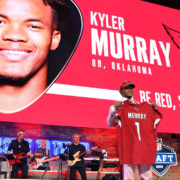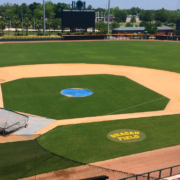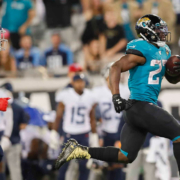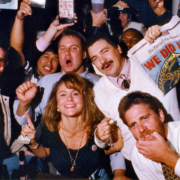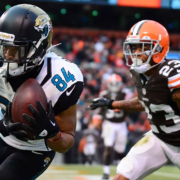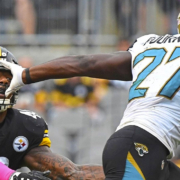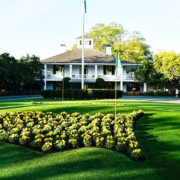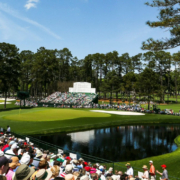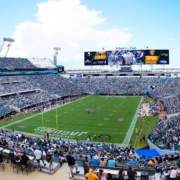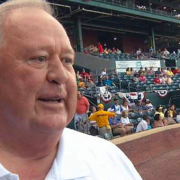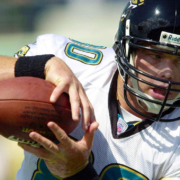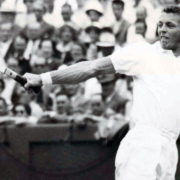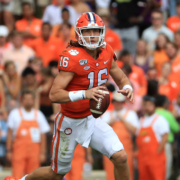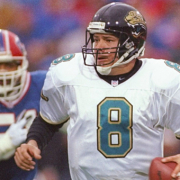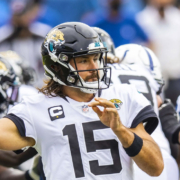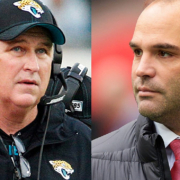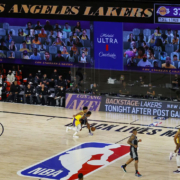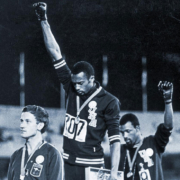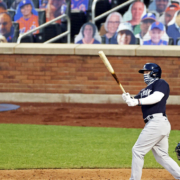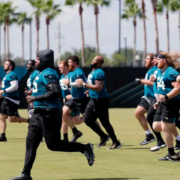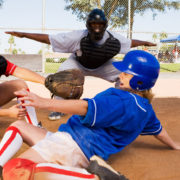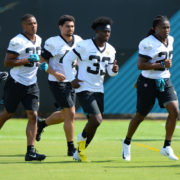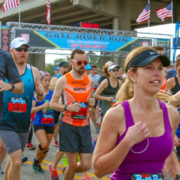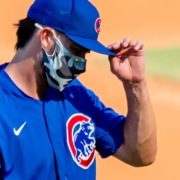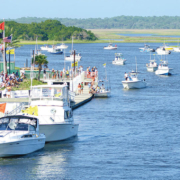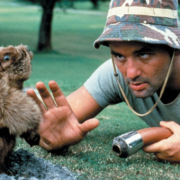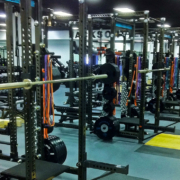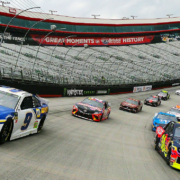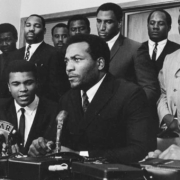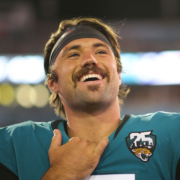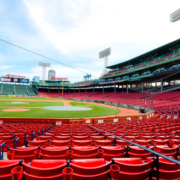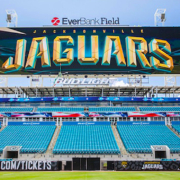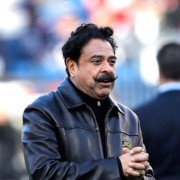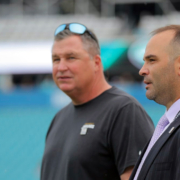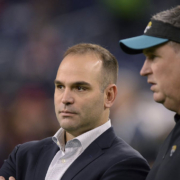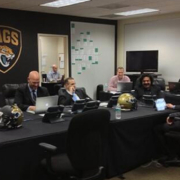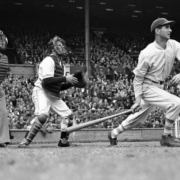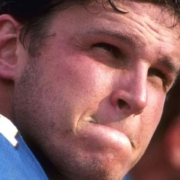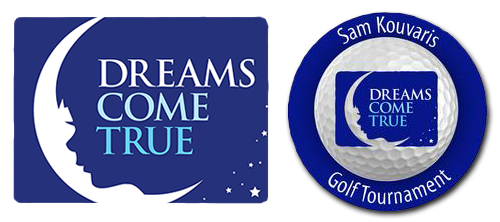NFL Draft Number One vs. Number Two
It makes perfect sense for Jaguars fans to want the number one pick in the 2021 NFL draft. In need of a franchise quarterback, Clemson’s Trevor Lawrence is poised to be the top pick next April and create a building block for some NFL franchise in the future. Fans will want the Jaguars to lose their final two games to Chicago and Indianapolis and ensure Lawrence would soon be in Teal and Black.
But Jaguars players and coaches don’t think that way. In fact, no players and coaches think that way.
Remember the whole “Suck for Luck” thing in 2011? It was a complete fan and media fabrication. Fans are going to be fans year in and year out, but players and coaches come and go. It’s the nature of the business side of the game. Players don’t care about the franchise in the future. They care about now.
With a forty percent turnover on every roster every year, professional football players are trying to put their best stuff out there every week to try and keep a job, right now, with one of the thirty-two teams in the league.
Coaches have their reputations to protect and despite Doug Marrone being a good guy and a good coach, it would be an upset if he, or any of his coaching staff, were back on the sidelines next year in Jacksonville.
Marrone knows this and has even addressed the “Tank for Trevor” fervor that has swept over Jaguars fans since the Jets won their first game of the season last week.
“I really don’t pay a lot attention to that because I just have too much going on. But I’m not an idiot either, I understand that there’s talk out there,” he said this week.
“I wouldn’t be able to do that. I couldn’t do it. I just wouldn’t,” he added when asked if he’s ever heard of a coach losing on purpose to get a better draft position. “I’ve never done that with anything in my life. I had trouble letting my kids win when they were little. And I’ve never heard of it, no.”
Marrone even admitted that as a Detroit Lions fan in 1979 he was rooting for them to lose at the end of the year in order to pick Billy Sims with the number one pick in 1980. (Which they did.)
“Then I started thinking to myself, (this week) there I was a kid, I never took into play what those coaches and players on that team must be feeling. I told the players today that obviously that’s a lot of talk now, obviously [with] what’s gone on. I told the players about [how] we don’t know what the future holds, but we’re in here today and our job is to go out there and win and that’s the best thing we can do for each other.”
No matter, win or lose in the last two games, the Jaguars, Jets and possibly the Bengals will have the top three picks in the draft. The Bengals already have three wins so the Jaguars and Jets would have to win their final two games and the Bengals lose their final two to mix up the draft order. But in all likelihood, Jacksonville and New York will pick one, two. Or two, one.
Some years that can be a big difference. Others, not so much.
In fact, the best player in Jaguars franchise history was a number two pick. In 1995 based on a coin flip, the Jaguars selected Tony Boselli with the second pick behind Cincinnati’s choice of running back Ki-Jana Carter.
John Elway and Erick Dickerson went one, two in the ’83 draft and both went to the Hall of Fame. In 1994, defensive tackle Dan Wilkinson was the number one pick by Cincinnati. Hall of Famer Marshall Faulk went second. Last year Joe Burrow was the top pick and Chase Young went second. Both seem on their way to solid careers.
Perhaps the most famous one, two draft reversal in NFL history was in 1998. Future Hall of Fame executive Bill Polian was in his first year as Team President and General Manager of the Indianapolis Colts and had the number one pick. Another future Hall of Fame executive, Bobby Bethard, was the General Manager in San Diego and held the second pick with the Chargers.
Both men were considered ‘gurus’ when it came to personnel and the dominant story was which quarterback, Peyton Manning or Ryan Leaf would go first. Polian played it very close to the vest leading up to the draft, having his choice of players with the number one pick. The comparisons between Manning and Leaf were constant, and Polian kept most people guessing about which quarterback he would pick. He called the constant comparisons “The noise.”
It’s hard to fathom now, but at the time, Leaf was considered the better of the two with a stronger arm and as a better athlete. On draft day, Polian did in fact select the future Hall of Fame (eligible this year) quarterback Manning with the number one pick. Beathard was thrilled and didn’t hesitate taking Leaf with the second pick. Manning went on to win two Super Bowls. Leaf, through a variety of physical and mental issues, is considered the biggest flame-out in draft history.
As the first pick in the 2007 draft, JaMarcus Russell comes close to that distinction, taken by the Raiders and signed to a giant contract. Russell stayed in the league three years and won only eight games as the starter before being released. The second pick in that draft was receiver Calvin Johnson, aka Megatron, eligible for the Hall of Fame this year as well.
With the draft sometimes feeling like a roll of the dice, teams need to pick well and be lucky.
The Packers were neither in 1988 when the late Lindy Infante was in his first season as the Head Coach in Green Bay. Infante once told me the story of the last two weeks of the ’88 season as teams were racing for the bottom of the standings looking for the number one pick.
“We were terrible that year,” Infante, the former USFL Jacksonville Bulls head coach said. “I mean really bad. Although we had Don Majkowski as our quarterback, we were in line for the number one pick and we had already decided we’d take Troy Aikman.”
“We were two and twelve with two games to play, tied with Dallas for the worst record in the league. We both won the next week, and we knew we’d have the first pick if we finished the year with the same record as the Cowboys. Somehow, we went to Phoenix and beat the Cardinals in the last game of the year. Dallas lost at home to Philadelphia. They took Aikman, we took (Tony) Mandarich. The rest is history.”
Mandarich is also considered one of the top busts in NFL Draft history. He never developed at the pro level, with steroid testing often being cited as the cause for his diminished ability. Not only was he the second pick in the ’89 draft behind Aikman but Barry Sanders, Derrick Thomas and Deion Sanders, all Hall of Famers were the next three picks.
While Lawrence looks to be a ‘can’t-miss’ prospect and the number one pick, who knows what the rest of next year’s quarterback draft class will produce? The number two pick looks certain to be a quarterback as well.
Is Justin Fields the same sort of prospect? Will Kyle Trask and Mac Jones be able to take their college success to the pro level? There’s a thought that BYU’s Zac Wilson already has the game to compete in the NFL as well as somebody you’ve never heard of, Trey Lance from North Dakota State. What about Kellen Mond or even Jamie Newman who opted out at Georgia this year?
With what’s happened this season it seems only one thing is certain: one of those guys will be in a Jaguars uniform next year.

